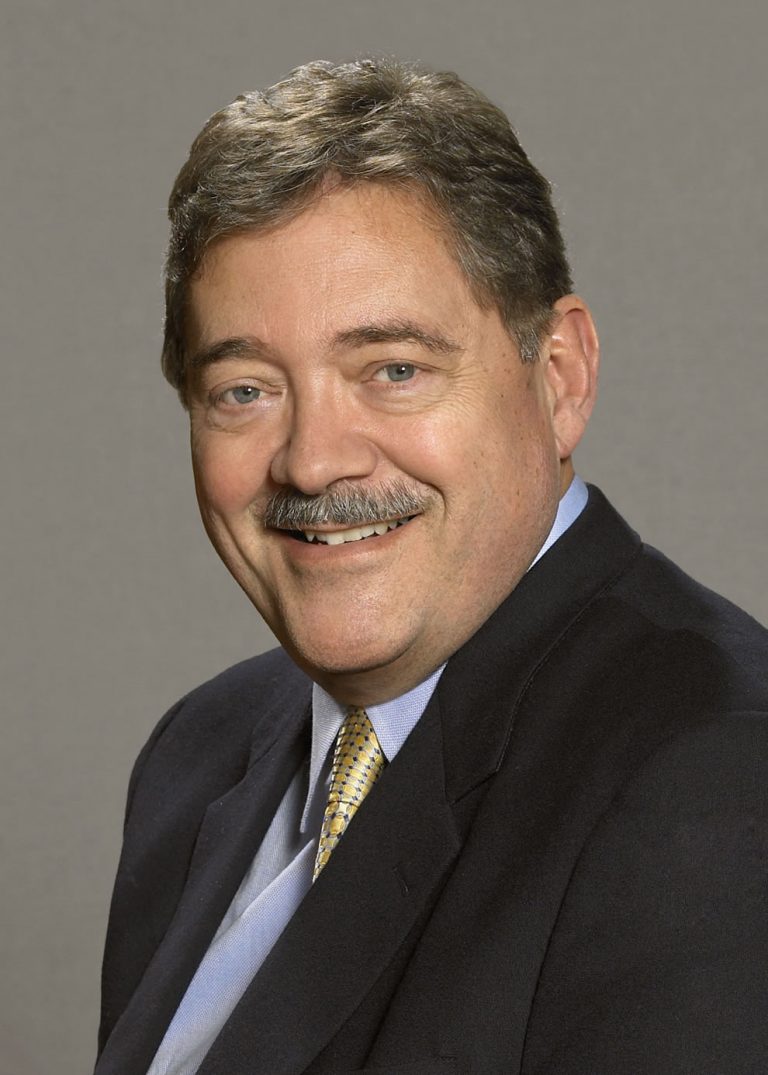
As I write this, it is late January, and I am approaching the point where 20 percent of my term as president will already be behind me. I am learning with some chagrin that time moves forward very quickly when you are in this role.
At the outset of my presidency, I set out just a few goals that I hoped to achieve. I focused on those issues that were of greatest strategic importance to the CAS, starting with a basic premise drawn from many CAS Board discussions last year about the purpose of the CAS:
The CAS exists to foster a vibrant community of actuaries with the necessary analytical skills and expertise in property, casualty and related risks, who bring value to society by empowering business and government to make better risk decisions and assuring the soundness of mechanisms used to finance risks.
I set my goals at ambitious levels. Looking at them today, I see that I had better get busy. Here they are in summary, with a few comments on progress to date.
1. Move forward aggressively on data science and predictive analytics.
This is the number one priority identified by both the CAS Board and the broader leadership group within the CAS. It’s a goal with three key dimensions: assure that our members have adequate training in this area; develop innovative and effective approaches to deliver that training; and make certain that all of our stakeholders understand the close alignment among actuarial science, data science and predictive analytics.
We are making good progress on this goal. A group of subject matter experts has been formed, and they are actively working on learning objectives. I expect the work will move quickly from learning objectives to educational and testing material. Initially, this group is focusing on the learning objectives for The CAS Institute (which I will refer to as “iCAS” to avoid confusion with The Institutes), whose programs will be available to both actuaries and non-actuaries seeking credentials in this area. The next step will be to tackle the question of which learning objectives need to become part of the education of all future casualty actuaries. This will lead to further changes in the syllabus.
2. Successfully implement iCAS and the alliance agreement with The Institutes.
This goal also has three dimensions: get iCAS up and running, both operationally and programmatically; identify areas where we can leverage the capabilities of The Institutes; and assure that stakeholders understand how both of these initiatives fit within the overall strategy of the CAS. A committee has been established to get iCAS going, and that group has been working hard since the creation of iCAS in November 2015. The work thus far has been largely behind the scenes, but you should expect to hear public announcements on this work in the spring. Another committee has been piloting some of the capabilities of The Institutes (for example, the capability to use Word or Excel in an exam context), and we will be announcing some plans in that area, too. In the meantime, other members of leadership and I have been making iCAS and The Institutes a focal point in our presentations at Regional Affiliate and other outreach meetings.
3. Continue our outreach internationally to expand the CAS global presence and reputation.
Some of our members have questioned the importance of international outreach by the CAS. I believe it is important for the CAS to exhibit global leadership of the non-life actuarial community, working with local actuarial organizations to support the education and qualification of casualty actuaries. This view is heavily influenced by many CAS leaders’ conversations with executives at multinational insurers, which I can sum up as follows:
- They value the CAS credentials because, when they hire an ACAS or FCAS, they are confident about the skills of the individual.
- From a talent management perspective, their preference would be that the CAS credentials be available throughout the world to help them fill non-life actuarial roles in all of the jurisdictions where they operate.
My views about our international role are influenced by this expressed need by important stakeholders; the insurance industry and our profession are becoming increasingly global, creating opportunities for our members around the world. The CAS is well-positioned to effectively meet the need of multinational employers for a common credentialing platform for non-life actuaries, working collaboratively with actuarial organizations in each country, as we do with the Academy and the CIA. The CAS leadership continues to travel regularly to participate with other actuarial organizations at their meetings — in China, India, Mexico, Ireland and elsewhere. We are expanding the role of ambassador and reinvigorating our outreach efforts in Latin America. (For more on what’s going on around the world, see stories beginning on page 26.)
4. Strengthen our research function and improve the quality of access to our knowledge base.
Research is critical to the CAS. Research gives CAS members and others the opportunity to engage in thought leadership on important issues, and it demonstrates that the CAS is continuously contributing to the advancement of knowledge within the profession. This year we are launching between five and seven new working parties, which are modeled after those run very successfully in the U.K. These working parties will dig into a specific topic, with the goal to produce concrete deliverables in time for the 2016 Annual Meeting. The working parties focus on both large and small issues of interest to the membership, but several will be focusing on important societal issues that can increase the visibility and stature of the CAS. (There may be an opportunity to participate in one of the new working parties. Please contact Dave Core at dcore@casact.org for more information.)
The CAS is also leading the effort to create a single search engine that will access all of the papers and presentations in the archives of all actuarial organizations focusing on non-life topics. This will be a benefit to our members in North America as well as other parts of the world.
5. Take a fresh look at the long-term strategy for our basic education program.
There is a number of drivers to this goal. First, we expect that some additional learning objectives relating to data science and predictive analytics will emerge from the efforts listed above. Second, the International Actuarial Association is developing a new model syllabus for “the actuary of the future,” and we will need to react to that syllabus. Third, The Institutes have innovative testing capabilities that we need to consider. Fourth, the SOA is developing a new syllabus, which will include revisions to the preliminary exams. Rather than responding to these drivers piecemeal, we need to address them comprehensively.

Efforts on this goal are underway, but I expect they will intensify mid-year once some of the drivers listed above have become clearer.
6. Refresh our strategy relating to ERM.
We continue to want casualty actuaries to play a major role in risk and capital management, particularly in quantitative risk measurement and design of risk mitigation programs. In a perfect world, our CERA designation would be a well-regarded credential, sought after by employers — similar to our ACAS and FCAS designations. We aren’t where we need to be, yet, but we will be working with other actuarial organizations to find ways to articulate our role in risk management.
Getting to Work
As I said at the outset, this is an ambitious set of goals. To get them done will require an orchestrated effort by leadership, CAS staff and our many volunteer members. If you would like to help, let me know (stephen.lowe@willistowerswatson.com). I welcome any comments or questions you may have.
CAS President Stephen P. Lowe is a senior consultant for Willis Towers Watson.










